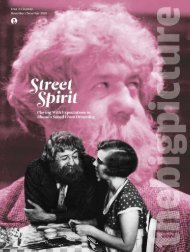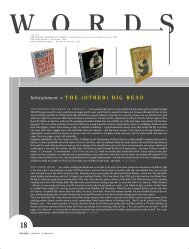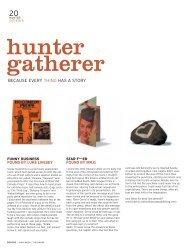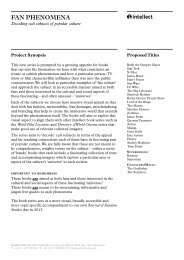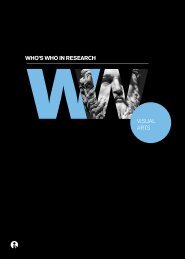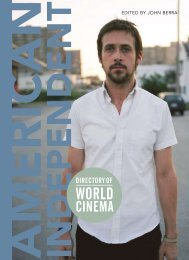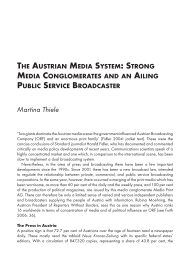Anthem - Intellect
Anthem - Intellect
Anthem - Intellect
Create successful ePaper yourself
Turn your PDF publications into a flip-book with our unique Google optimized e-Paper software.
Signifying Europe<br />
From the end of the war in 1945 to the adoption of the ‘Ode to Joy’ in 1972, a<br />
large number of alternative anthems have been proposed for Europe. Here, just one<br />
example will be scrutinised. On 9 May 1948, at the Hague Congress that was the<br />
cradle of much of the following European unification measures, a municipal brass<br />
band supported the participants singing in several languages the anthem ‘Europa<br />
Één!’ (‘Europe Unite!’), specially created by Dutch composer Louis Noiret and Dutch<br />
lyrics by H. Joosten, translated also to English, French and Italian. 425 The first verse<br />
lyrics paint a gloomy picture:<br />
The world of today is overshadowed and grey<br />
her people have suffered much sorrow.<br />
And after the tears of the past bitter years<br />
they pray for a brighter tomorrow;<br />
But from distant shores there are rumours of wars<br />
that threaten all Europe’s foundations,<br />
So this is our call to one and to all,<br />
Unite! Just as one mighty nation.<br />
Precisely two years before the Schuman Declaration, uniting is here depicted as a<br />
safeguard against new dividing wars. The verse melody is in f minor, gently oscillating<br />
up and down, but the mood slowly evolves into more optimistic sounds, in particular<br />
when the F major chorus breaks in, with a fanfare-like figure reminding the listeners<br />
of the opening of ‘La marseillaise’. The call for Europe to unite ‘as one mighty nation’<br />
expresses a federalist perspective that would not be supported by the more sceptical<br />
voices that remain against all efforts to fuse the EU into a new supra-level nation state,<br />
and also tends to contradict the ‘united in diversity’ motto and other policies later<br />
developed to safeguard against such a melting-pot strategy. The chorus then defines<br />
the leading values for this union: ‘Europe unite for happiness and freedom! / Europe<br />
unite to win enduring peace!’ Echoing the ‘Ode of Joy’, happiness, freedom and peace<br />
demand a union that is also a matter of ‘strength’ and ‘might’. The second verse calls for<br />
Europeans to ‘save all our glorious tradition’ in a central position, squeezed between<br />
‘the East’ and ‘the West’—reminding of west and central Europe’s political wish to<br />
uphold some kind of sovereignty between the Communist Bloc and the United States.<br />
The third verse focuses on welfare issues: ‘There are riches to spare for all peoples to<br />
share’, calling for ‘good, honest labour’ to provide new wealth. Thus, the song illustrates<br />
precisely the agenda of the formation of modern European unification, combining<br />
peace and brotherhood with joy and happiness as well as with strength and expected<br />
new riches. While hybridity is not openly focused in this song, there is obviously<br />
an expression of desire and pleasure in joining forces. There is also a clear sense of<br />
elevation both in talking of Europe’s ‘glorious tradition’ and in the image of union as a<br />
184



